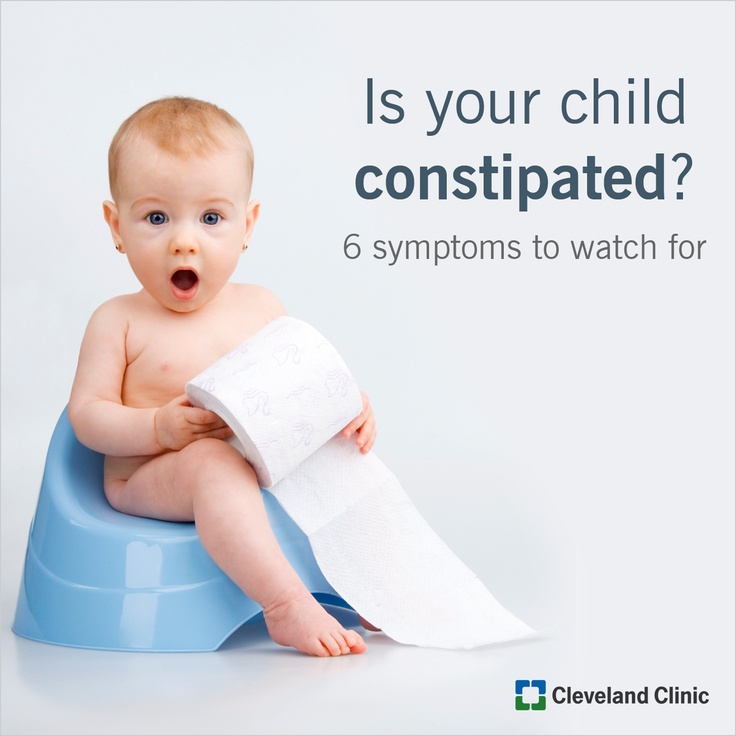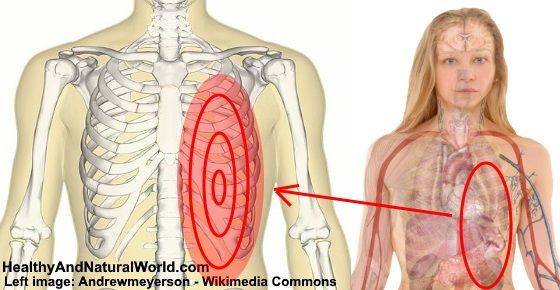Medication for baby constipation
Symptoms, Treatment and When to Call a Doctor
Nationwide Children’s Hospital
Constipation (con-sta-PA-shun) in infants can worry parents. Most of the time, your baby is not really constipated. They may not have developed a routine for pooping yet. Some babies do not develop a bowel movement (BM) pattern for a while.
An infant’s BM pattern can change if their diet changes, like switching from breastmilk to formula, starting solid foods, or drinking less formula than usual. If your baby’s stool (poop) is not soft or easily passed, then they may be constipated.
In rare cases, constipation may be caused by a lack of nerves going to the intestines or by a problem with the way the intestine formed at birth. Your baby can be tested for these conditions if your health care provider feels it is needed.
Signs of Constipation
- less stools than their usual pattern
- straining more than normal to have a bowel movement
- a change in how the stool looks from soft and mushy to:
- small, hard pebbles, or like a large, round golf ball
- loose and watery
- abdomen (belly) bloated or swollen with gas
- painful cramps
Treatment
- If your baby is not eating baby food yet, you may give 1 to 2 ounces of 100% fruit juice (pear, prune, cherry, or apple) once a day.
Stop the juice if their stools become too loose.
- If they are old enough to eat baby foods, feed them pureed pears, peaches, or prunes instead of giving them juice.
- If your baby eats cereal, it may help to give oatmeal, wheat, or barley cereal. Rice cereal can cause constipation in some children.
- Sometimes giving your baby a warm bath to relax them or exercising their legs, like riding a bicycle, will help stimulate the bowels to move (Picture 1).
- If it has been a few days since your baby has pooped and the juice or pureed food has not worked, then you can try a glycerin suppository. Place your baby on their back. Gently push the suppository into their anus (bottom). Suppositories are meant for occasional use.
- Contact your baby’s health care provider before giving them laxatives, baby mineral oil, or enemas to treat constipation.
Medical Therapy
Your child’s health care provider may order the following treatments:
- Give your child medication.
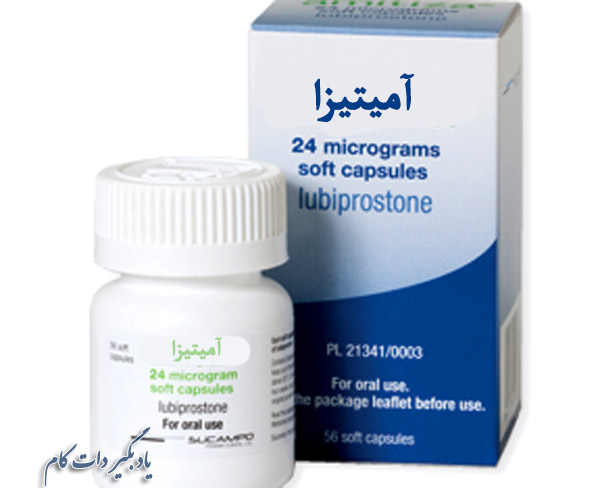
- Check your child’s temperature using a digital, rectal thermometer. Put a small amount of petroleum jelly (Vaseline®) on its tip before inserting into the rectum. Taking a rectal temperature may stimulate the baby to pass stool.
When to Call the Health Care Provider
Call the health care provider if any of the following occurs:
- Your baby is irritable and seems to be having stomach pain. Infants will pull their legs up to their stomach and cry when they are in pain.
- Your baby has constipation and develops vomiting, and their belly looks like it is bloated or filled with gas.
- You see blood in their stool.
- Their constipation does not get better with treatment.
If you have any questions or concerns, call your baby’s health care provider.
Constipation: Infant (PDF), Spanish (PDF), Somali (PDF), Arabic (PDF), Nepali (PDF)
HH-I-14 ©Copyright 1984, Revised 2022, Nationwide Children’s Hospital
You Might Also Be Interested In
Blog
Pelvic Floor Physical Therapy: How It Can Help
Podcast
PediaCast 503 Your Childs Stomach Part 1
Blog
Senna-Based Laxatives for Kids’ Constipation: Are They Safe?
Baby constipation: Top 7 home remedies
Babies often go a long time between bowel movements.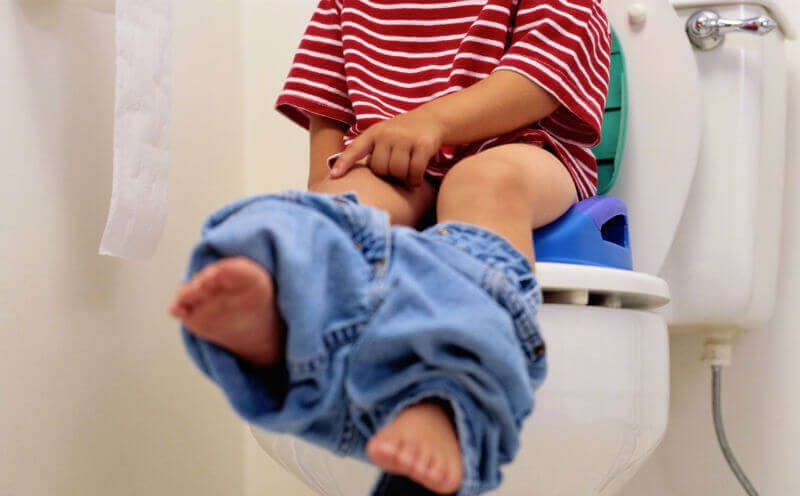 Most of the time, it is normal for a baby to go days or even more than a week without a bowel movement. However, a baby may sometimes be constipated and need a little help.
Most of the time, it is normal for a baby to go days or even more than a week without a bowel movement. However, a baby may sometimes be constipated and need a little help.
If a baby is constipated, a pediatrician may recommend using home remedies as a first-line treatment for baby constipation.
Home remedies for constipation in a baby include:
1. Exercise
Moving a baby’s legs can help relieve constipation.
As with adults, exercise and movement tend to stimulate a baby’s bowels.
However, as babies may not be walking or even crawling yet, a parent or caregiver may want to help them exercise to relieve constipation.
The parent or caregiver can gently move the baby’s legs while they are lying on their back to mimic the motion of riding a bicycle. Doing this may help the bowels function and relieve constipation.
2. A warm bath
Giving a baby a warm bath can relax their abdominal muscles and help them stop straining. It can also relieve some of the discomfort relating to constipation.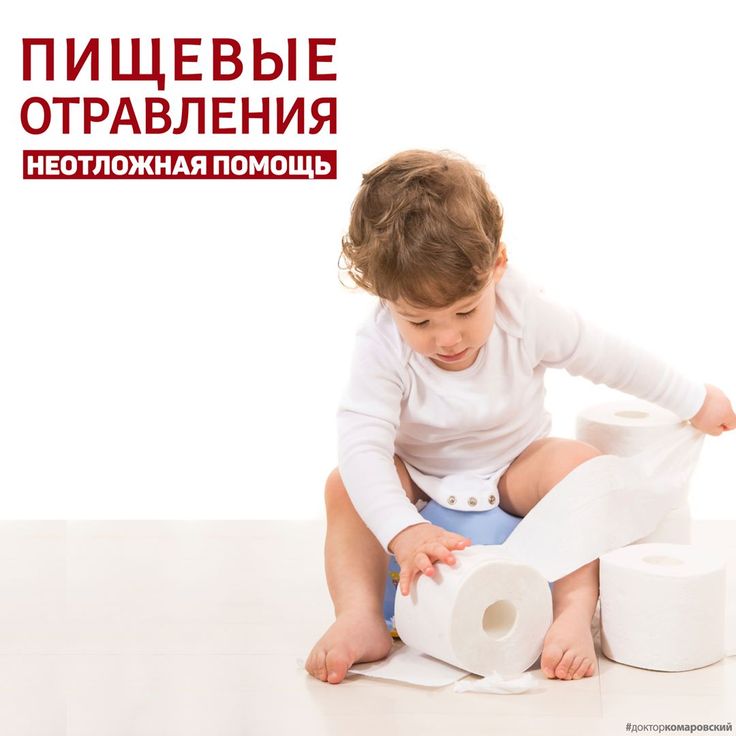
3. Dietary changes
Certain dietary changes may help constipation, but these will vary depending on the baby’s age and diet.
While breastfeeding a baby, a woman could eliminate certain foods, such as dairy, from her diet. It may take some trial and error to identify the dietary changes that help, and it is quite possible that changes in the diet will have no effect on the baby’s constipation.
For formula-fed babies, a parent or caregiver may want to try a different kind of formula. It is best not to switch to a gentle or dairy-free formula without consulting a pediatrician first. If one change does not make a difference, continuing to try different formulas is unlikely to help.
If an infant is eating solid foods, parents or caregivers should look to introduce foods that are good sources of fiber.
Many fruits and vegetables can help stimulate the bowels because of their higher fiber content. Good food choices for babies with constipation include:
- skinless apples
- broccoli
- whole grains, such as oatmeal or whole-grain bread or pasta
- peaches
- pears
- plums
4.
 Hydration
HydrationYoung infants do not typically need supplemental liquids as they get their hydration from breast milk or formula.
However, babies that are constipated may benefit from a small amount of extra liquid.
Pediatricians sometimes recommend adding a small amount of water or, occasionally, fruit juice, to the baby’s diet when they are over 2–4 months old and are constipated.
5. Massage
There are several ways to massage a baby’s stomach to relieve constipation. These include:
- Using the fingertip to make circular motions on the stomach in a clockwise pattern.
- Walking the fingers around the naval in a clockwise pattern.
- Holding the baby’s knees and feet together and gently pushing the feet toward the belly.
- Stroking from the rib cage down past the belly button with the edge of a finger.
6. Fruit juice
A small amount of pure apple juice can help soften stool.
After a baby reaches 2–4 months of age, they can have a small amount of fruit juice, such as 100-percent prune or apple juice.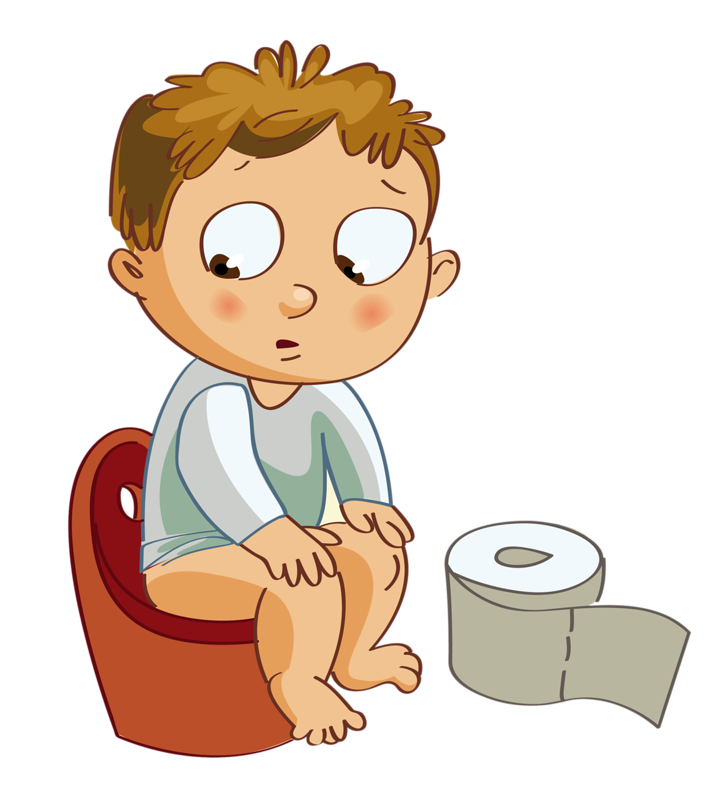 This juice may help treat constipation.
This juice may help treat constipation.
Experts may recommend starting with about 2–4 ounces of fruit juice. The sugar in the juice is hard to digest. As a result, more liquid enters the intestines, which helps soften and break up the stool.
However, a parent or caregiver should not give fruit juice to a baby for the first time without consulting their pediatrician.
7. Taking a rectal temperature
When a baby is constipated, taking the baby’s rectal temperature with a clean, lubricated thermometer may help them pass stool.
It is important not to use this method very often, as it can make constipation worse. The baby may start not wanting to pass a bowel movement without help, or they may begin to associate having a bowel movement with discomfort, leading them to fuss or cry more during the process.
Anyone who feels as though they often need to use this method to help the baby have a bowel movement should talk to the baby’s doctor.
As infants may go for extended periods without a bowel movement, it can be hard to tell if they are constipated.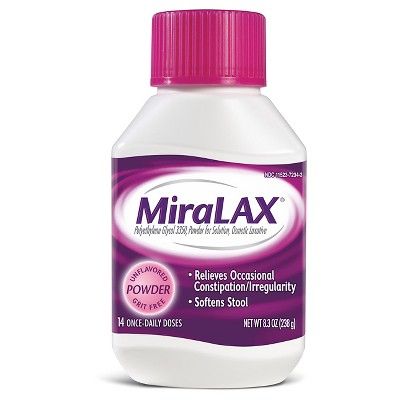 Signs that indicate constipation in a baby include:
Signs that indicate constipation in a baby include:
- infrequent stools that are not soft in consistency
- clay-like stool consistency
- hard pellets of stool
- long periods of straining or crying while trying to have a bowel movement
- streaks of red blood in the stool
- lack of appetite
- a hard belly
Signs of constipation in babies vary depending on their age and diet. A normal bowel movement before a baby begins eating solid food should be very soft, almost like the consistency of peanut butter or even looser.
Hard baby stool prior to solid food is the most obvious indication of constipation in babies.
At first, breastfed babies may pass stool often since breast milk is easy to digest. However, once a baby is between 3 and 6 weeks old, they may only pass a large, soft stool once a week and sometimes even less.
Formula-fed babies tend to pass stool more frequently than breastfed babies. Most formula-fed babies will have a bowel movement at least once a day or every other day. However, some formula-fed babies may go longer between bowel movements without being constipated.
However, some formula-fed babies may go longer between bowel movements without being constipated.
Once a parent introduces solid food to a baby’s diet, a baby may be more likely to experience constipation. A baby may also be more likely to become constipated if a parent or caregiver introduces cow’s milk (other than formula) to their diet.
Share on PinterestA doctor should assess a baby with ongoing constipation.
It is advisable to call a pediatrician if a baby has not passed a stool after a day or two and there are other signs present, such as:
- blood in the stool
- the baby seems to be irritable
- the baby appears to have abdominal pain
- there is no improvement in the baby’s constipation after taking steps to treat it
Treatment typically starts with home remedies. If home remedies do not work, a doctor may examine the baby and, in rare cases, prescribe medications, such as:
- laxatives
- enemas
- suppositories
People should never give these medications to a baby unless a doctor prescribes them.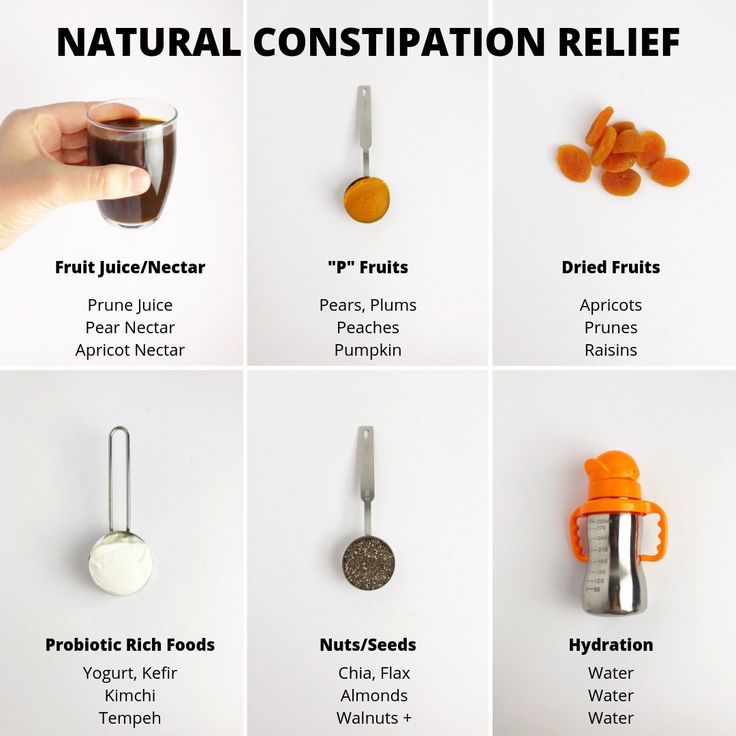
Constipation can lead to discomfort and irritability in a baby. People can try several at-home methods to help alleviate constipation.
If symptoms do not improve, it is best to speak to the infant’s pediatrician for additional strategies.
Read the article in Spanish.
is it possible for a child to take, the rules of administration, dosage
Features of constipation in children
One can speak of constipation when the time interval between bowel movements increases in comparison with the individual physiological norm or with regular incomplete emptying of the intestine.
For babies of the first months of life on breastfeeding, a stool can normally be from one to 6-7 times during the day. With a gradual transition to the “common table”, the chair becomes thicker and less frequent. Constipation can be considered a decrease in stools - less than 6 times a week for babies up to 3 years 1 .
In older children, the frequency of bowel movements can normally range from 3 times a day to 3 times a week. Constipation can be considered less than 3 stools per week for children over
Constipation can be considered less than 3 stools per week for children over
3 years of age 1 .
Non-drug correction
If the baby has constipation, first of all, it is necessary to review and adjust the feeding process: the feeding schedule and the amount of food. It may be necessary to refuse unreasonably early introduction of complementary foods. A nursing mother should drink enough fluids and limit the use of foods that stimulate gas formation and slow down the peristalsis of the large intestine: strong tea and coffee, alcoholic beverages, chocolate, sugar syrups, citrus fruits 2 .
In a bottle-fed baby with constipation, use only adapted milk formulas and avoid frequent changes.
The baby needs to be provided with a sufficient amount of liquid: clean water, you can give herbal tea with fennel or chamomile for babies. Starting from 4-4.5 months, the baby can be given weakly concentrated dried fruit compotes or berry fruit drinks.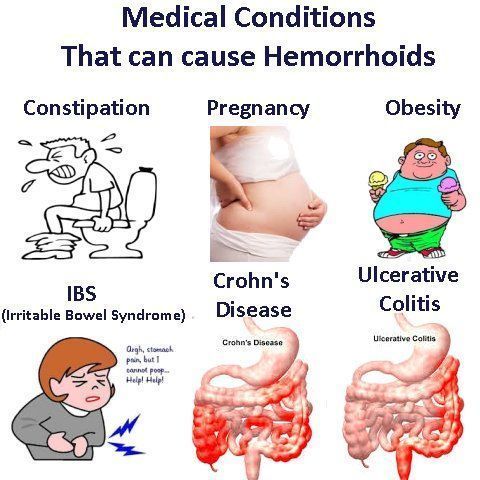 It is worth introducing complementary foods in the form of vegetable and fruit purees no earlier than the 5th month of a child's life 2 .
It is worth introducing complementary foods in the form of vegetable and fruit purees no earlier than the 5th month of a child's life 2 .
Abdominal massage may be helpful for babies with constipation problems before feeding.
Constipation can also be resolved by position therapy (laying the baby on the stomach with legs bent and brought to the body), light massage of the perianal area 2 .
The diet of a child with constipation older than one year of age should contain food rich in dietary fiber and vegetable fiber, fermented milk and dairy products containing lacto- and bifidobacteria
2.3 . Wheat bran is abundant in dietary fiber, but its use in young children may be limited due to the bran's ability to absorb nutrients in the intestinal lumen. The diet should also include vegetables and fruits 2 . It is also important for the child to observe the drinking regime - drinking enough water 4 .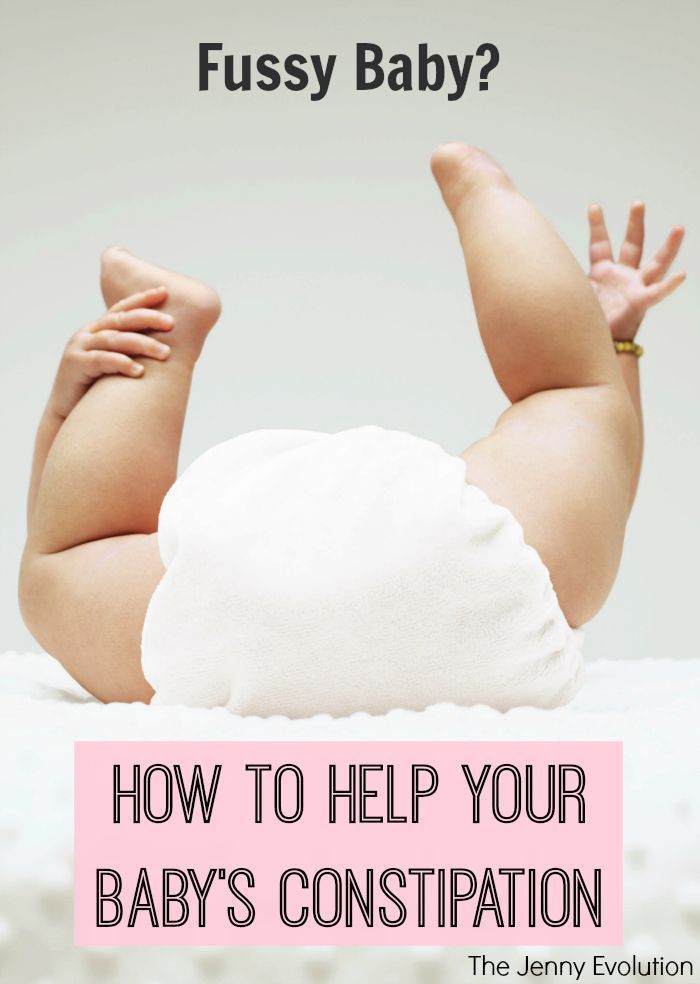
Physical activity
A necessary condition for preventing constipation is constant regular physical activity (especially morning exercises), sufficient exposure of the child to fresh air (in cold weather - at least 2 hours, in warm - 4 hours or more) 3 .
Formation of toilet habits
To form toilet habits from the age of one and a half years, a child should be put on the pot 2-3 times a day after meals for 5 minutes (toilet training) 1 . At this time, the baby should not play with toys, look at pictures in books, watch TV 3 .
Suppression of the urge to defecate
Suppression of the urge to defecate may be the main causative factor of constipation if the child is constantly busy and his day is scheduled to the minute, as well as in an unusual and uncomfortable environment 1 . Therefore, for normal bowel movements, a comfortable toilet is important, including a footrest, if necessary, to provide support during defecation 4 .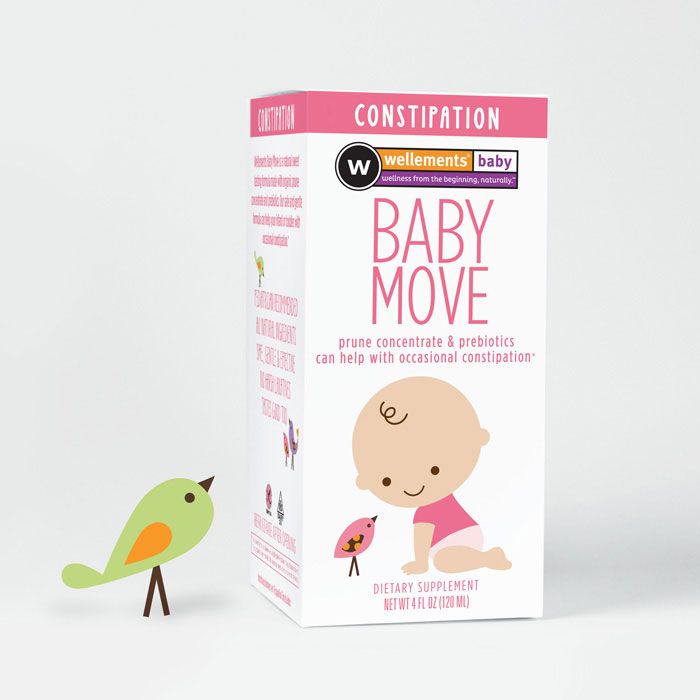
Drug treatment
It is believed that even the initial therapy of constipation in children should not be limited only to the correction of nutrition and regimen. Such changes may increase the frequency of stools in healthy children, but not reduce symptoms in those with constipation 2 .
Some drugs used in adults may be restricted for use in children for various reasons.
Also, some laxatives may have an unpleasant taste or require large amounts of liquid to be taken, which may make children reluctant to take the medicine 2 . It is important to note that many children may have a negative attitude towards rectal manipulation: the use of enemas may cause additional fear and discomfort in children regarding defecation 2.5 . In addition, it is not uncommon for rectal laxatives to be used only after unsuccessful treatment with oral laxatives 6 .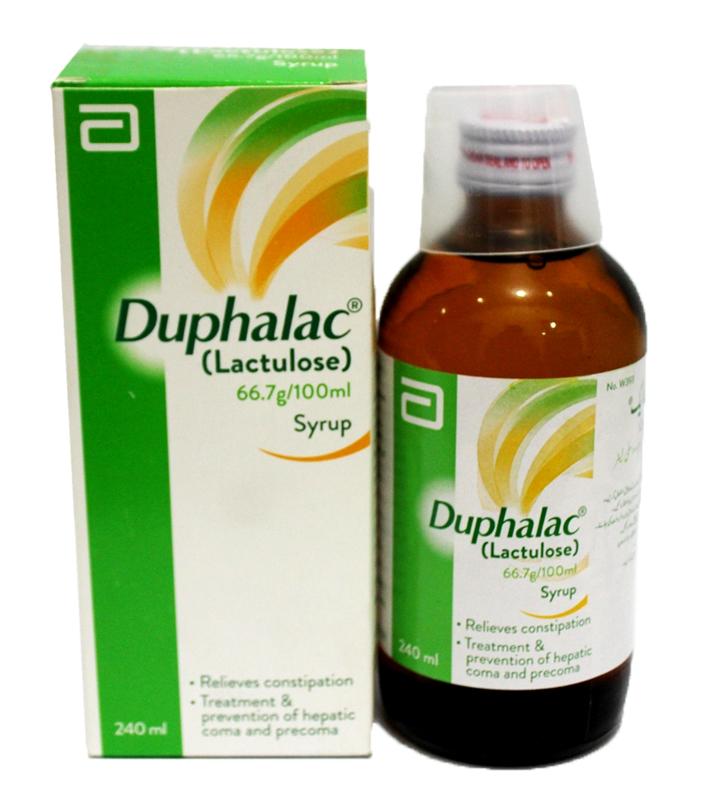
For the treatment of constipation in children, a doctor may prescribe a drug from the group of stimulant laxatives from the age of 0 years - oral drops Guttalax®
2.7 .The active ingredient in the formulation, sodium picosulfate, is activated directly in the colon by bacterial degradation. Guttalax® promotes the natural process of defecation 7 .
Guttalax® has a dual mechanism of action:
On the one hand, it helps to increase intestinal motility, stimulating the act of defecation, and on the other hand, it helps to soften the stool by attracting water / electrolytes into the lumen of the large intestine 7 .
What else is important to know about Guttalax®
The drug is not addictive when taken in recommended dosages 7
Guttalax® does not affect the digestion and absorption of nutrients in the intestines 7
Guttalax® drops do not have taste and smell, they can be easily added to the child in any food or drink The drug in the form of drops allows you to choose an individual effective dose for the child 7 The use of drugs, including laxatives, such as Guttalax®, in such a special population group as children, is possible only after consultation doctor 7 According to the instructions for medical use, the standard dosage of Guttalax® for children is: 90427 : Instructions for use and dosage*
7 Children from 0 to 4 years old
90®025
Over 10 years old
Dosage: 10-20 drops per day
Children 4 to 10 years old
Dosage: 5-10 drops per day
The laxative effect may take 6-12 hours to develop
To help your child go to the toilet in the morning, you can give him Guttalax® drops at night before bed
* Use Guttalax® in children only after consulting a doctor.
Treatment of constipation involves a holistic approach, including information for parents on toilet training, advice on nutrition, drinking regimen, physical activity and daily routine 2 .
More about the drug
THERE ARE CONTRAINDICATIONS. IT IS NECESSARY TO CONSULT WITH A SPECIALIST.
Modern remedies for the treatment of constipation in children uMEDp
Gastroenterology is the area of scientific interests of Professor Alexander Vasilievich Gorelov, curator of the gastroenterological department of the First Moscow State Medical University. I. M. Sechenov, head of the children's department of the Research Institute of Epidemiology. In an interview with the magazine, he presented modern approaches to the treatment of constipation and a medicine that is prescribed for constipation for both adults and children, guided by world clinical practice and the results of his own research.
A.V. Gorelov
– Alexander Vasilyevich, the so-called diseases of civilization, which are so promoted by unhealthy diet, sedentary lifestyle and stress of big cities, children are no less susceptible than adults. This is not only obesity, depression, but also various chronic diseases. If problems of cardiovascular disease or any other attract public attention, then, so to speak, an intimate problem associated with the gastrointestinal tract, - constipation - bashfully hushed up. When should parents be vigilant to prevent the development of the disease?
– Constipation is a common clinical syndrome in children, which is manifested by a violation of the process of bowel movement. They suffer from 10 to 25% of the child population of our country.
Children under 3 years old should have stools at least 6 times, and for children over 3 years old, at least 3 times a week. The appearance of painful sensations during defecation, prolonged straining, even with age-appropriate stool frequency, already suggest the presence of constipation.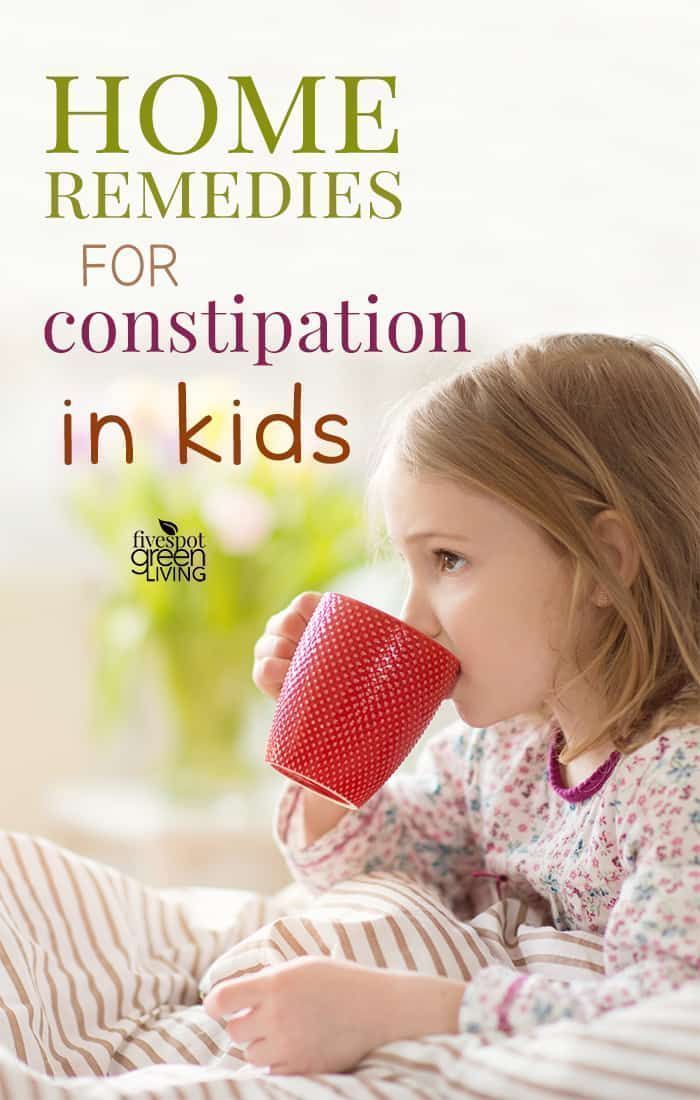 It is very important for parents not to ignore any episode of stool retention in a child and try to take appropriate therapeutic measures in a timely manner, since in the early stages of a violation of the motor function of the colon, it is much easier to correct it than when constipation becomes systematic. The bottom line is that if parents do not understand the doctor and they do not believe that constipation needs to be treated, then the problems will be quite serious and they are not limited to intoxication, which manifests itself in a decrease in appetite, deterioration in mood and irritability. Therefore, the treatment of constipation begins with an explanatory conversation with parents, and the food culture in it is an important topic.
It is very important for parents not to ignore any episode of stool retention in a child and try to take appropriate therapeutic measures in a timely manner, since in the early stages of a violation of the motor function of the colon, it is much easier to correct it than when constipation becomes systematic. The bottom line is that if parents do not understand the doctor and they do not believe that constipation needs to be treated, then the problems will be quite serious and they are not limited to intoxication, which manifests itself in a decrease in appetite, deterioration in mood and irritability. Therefore, the treatment of constipation begins with an explanatory conversation with parents, and the food culture in it is an important topic.
- Let's say a doctor manages to get the cooperation of parents in the treatment of constipation in a child. What are the first steps they should take?
First of all, it is necessary to provide proper nutrition appropriate for the age of the child. Another essential component is physical activity. In the diet of a child after 1 year, foods containing vegetable fiber and dietary fiber, fermented milk and dairy products containing biocultures - probiotics (bifidus and lactobacilli, etc.) should be presented in sufficient quantities. Be sure to use vegetables and fruits of any culinary processing. The drinking regimen is also important for the child - drinking enough fluids to have regular stools.
– What if it’s already the situation when, as they say, it’s too late to drink Borjomi?
Without a specialist gastroenterologist who will draw up an examination plan, clarify the diagnosis and then individually select the therapy, you can’t do it. And not with an enema, you need to rush to help with constipation, you need to understand why this is. An enema as a means of emergency aid can be used once, but it is painful for a child and unsafe for everyday use. Therefore, in fact, we treat the cause - a motor disorder, we add drugs if diet and lifestyle changes are not enough.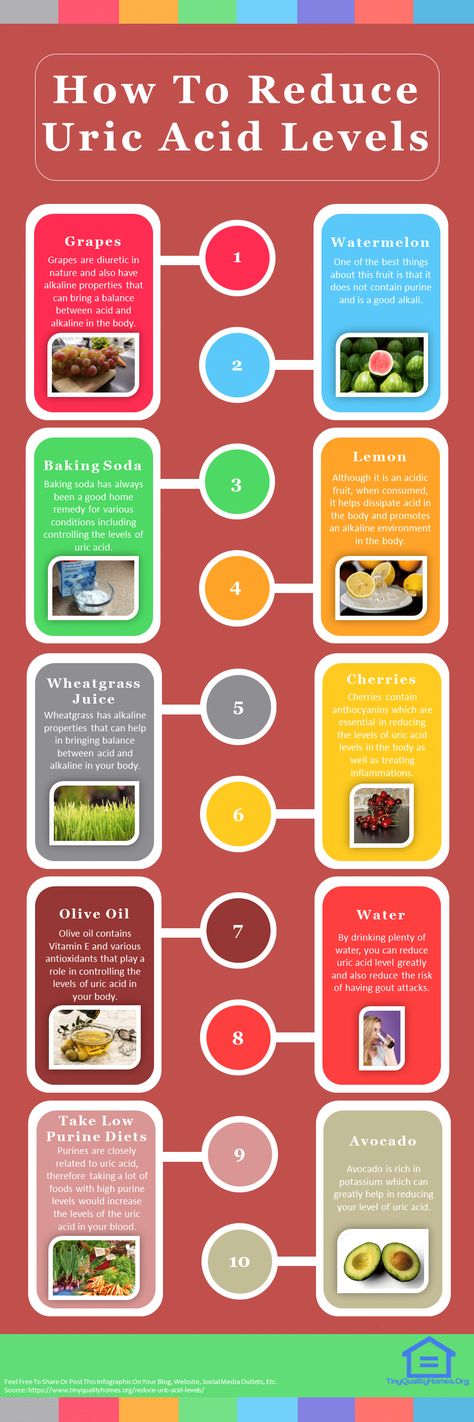
– Medical therapy necessarily includes the administration of laxatives.
Pediatric practice requires the search for drugs with minimal adverse reactions. For the treatment of constipation in children, among osmotic laxatives, lactulose, macrogol preparations are most preferable; among stimulant laxatives, Guttalax (the active substance sodium picosulfate), used in Russia for the treatment of constipation in children over 4 years of age. This drug reduces the absorption of electrolytes and water, increases intestinal motility. The active form of the drug, formed by hydrolysis under the influence of intestinal microorganisms, directly excites the nervous structures of the intestinal wall, as a result of which the passage of intestinal contents is accelerated. The drug is prescribed in an initial daily dose of 510 drops at night for a period of 23 weeks.
Why is the drug attractive? There is no dose-dependent effect, it is colorless, tasteless and odorless, and five drops in any amount of liquid is easily taken - this is its advantage. Because, say, when using osmotic laxatives, you need to drink at least 200 ml of liquid at once, otherwise the drug does not work. Guttalax does not require this, which, you see, makes life much easier for parents.
Because, say, when using osmotic laxatives, you need to drink at least 200 ml of liquid at once, otherwise the drug does not work. Guttalax does not require this, which, you see, makes life much easier for parents.
– What other pharmacy products are used in the treatment of constipation?
In case of hypomotor dyskinesia, prokinetics are added to the therapy complex. With hypermotor dyskinesia, selective anticholinergics are indicated. The drugs of this group include, for example, Buscopan, which blocks Mholinoreceptors in the walls of internal organs and has an antispasmodic effect on the smooth muscles of the gastrointestinal tract, bile and urinary tract. Buscopan is prescribed from the age of 6, 1 tablet 2 times a day for a period of 23 weeks.
In the gastroenterological department of the clinic of children's diseases of the I Moscow State Medical University named after I.I. I. M. Sechenov, we conducted our own study to assess the feasibility of using Guttalax and Buscopan in children suffering from chronic constipation.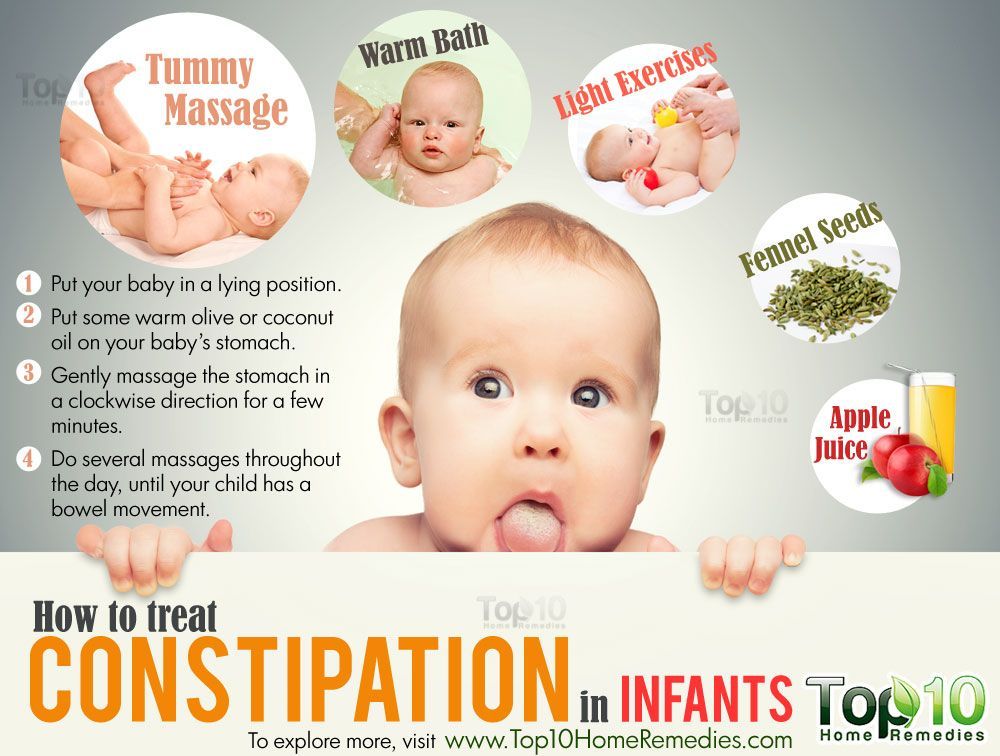 All patients with functional and secondary constipation showed normalization of defecation. An equally important criterion for the success of constipation therapy is the positive dynamics by the end of treatment in the relief of symptoms such as painful defecation, a feeling of incomplete bowel movement, which disappeared in all patients. None of the patients had side effects when using the drugs.
All patients with functional and secondary constipation showed normalization of defecation. An equally important criterion for the success of constipation therapy is the positive dynamics by the end of treatment in the relief of symptoms such as painful defecation, a feeling of incomplete bowel movement, which disappeared in all patients. None of the patients had side effects when using the drugs.
Our data indicate the safety and high clinical efficacy of Guttalax in children over 4 years of age suffering from chronic constipation, especially secondary and functional. The use of a combination of Guttalax and Buscopan in children over 6 years of age allows, along with the normalization of stool, to quickly get rid of abdominal pain, facilitate defecation, and improve children's well-being. The results of studying the effectiveness of these drugs confirm the data of foreign scientists and give full grounds for their widespread use in pediatric practice.
– Many people now prefer self-treatment or will first consult with a pharmacist or pharmacist in a pharmacy.